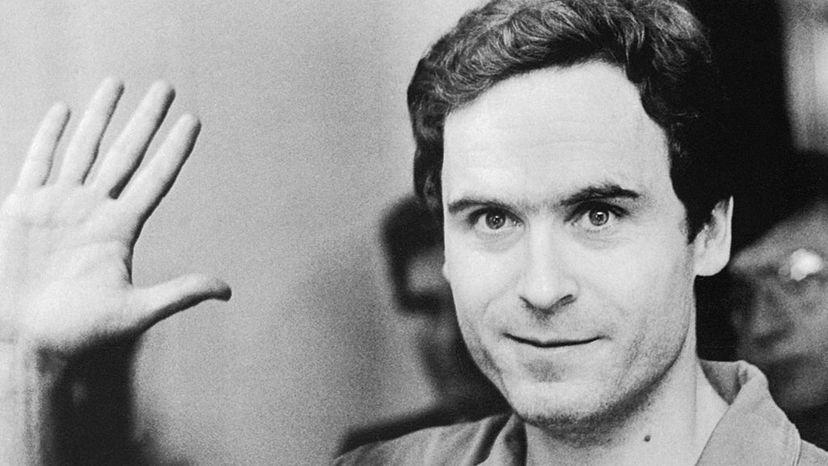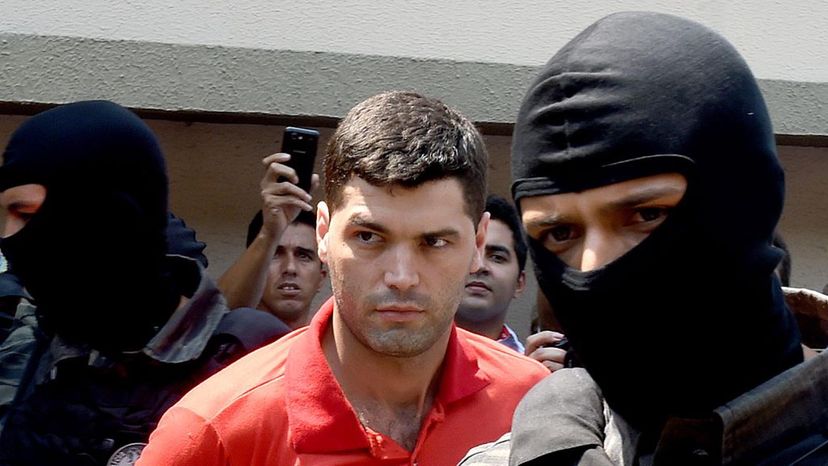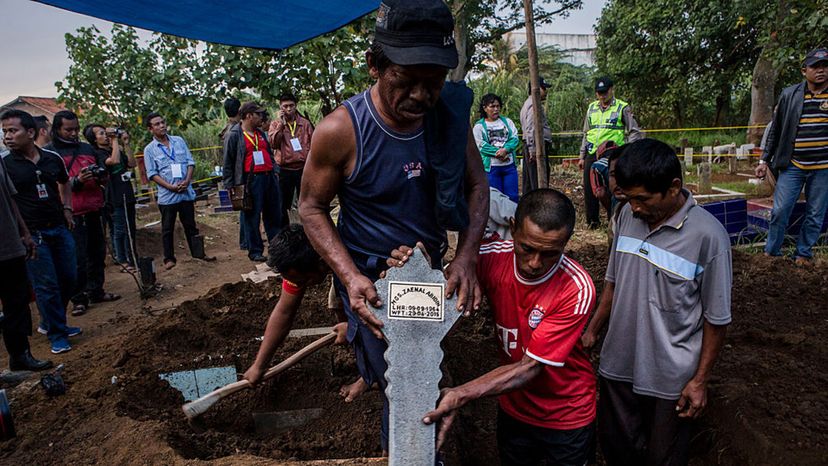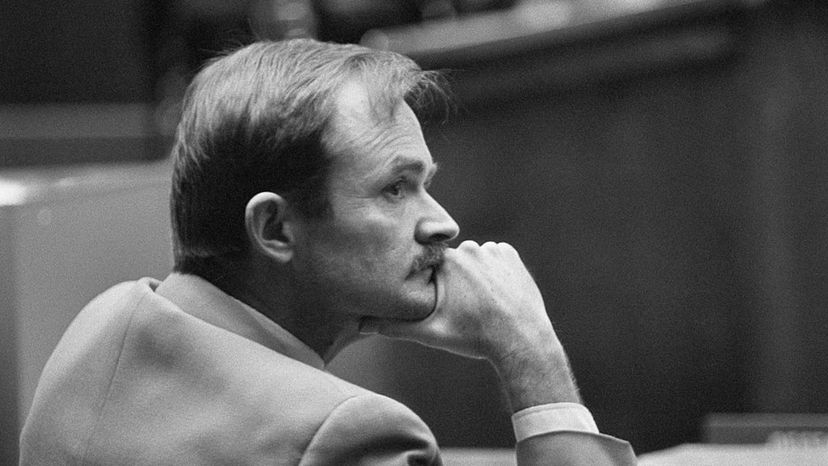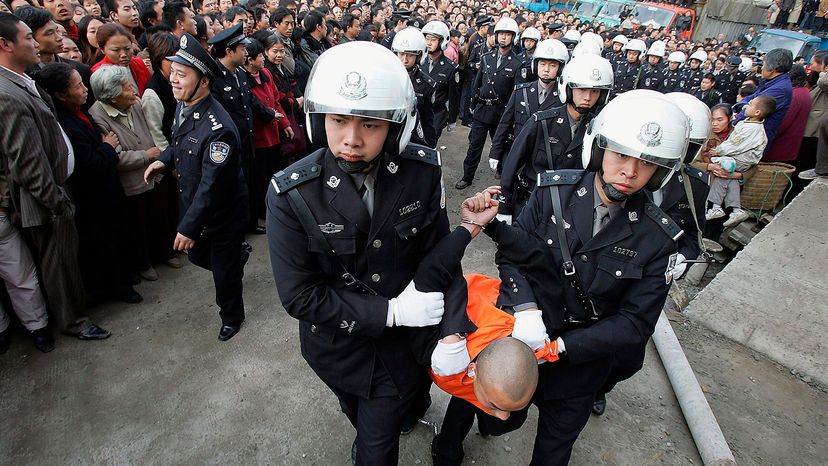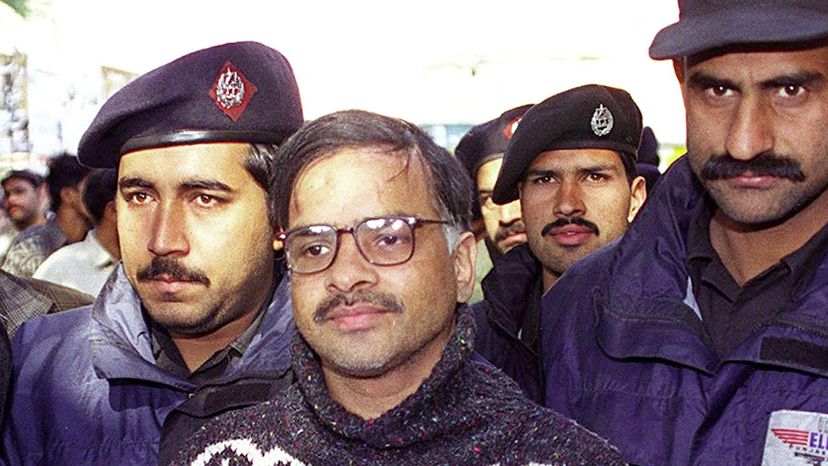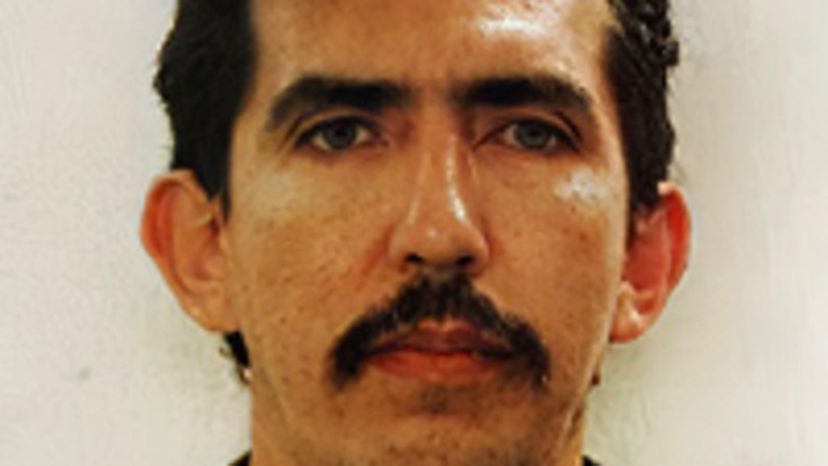
In movies such as "Watcher" and "Mindcage," and TV series such as Netflix's "Mindhunter," " fictional serial killers who butcher scores of victims have become objects of popular fascination.
But unfortunately, serial murder isn't just something concocted by the imaginations of screenwriters and producers for our entertainment. It happens in real life.
Advertisement
In the U.S., victims have suffered horrible fates at the hands of serial killers such as Ted Bundy, the handsome, charismatic murder who killed more than 30 women, and Randy Kraft, a Californian who may have taken the lives of 65 other young men. Around the world, other killers have amassed even higher body counts, with some of them killing hundreds of people.
Why are some humans driven to kill repeatedly? In various accounts, many serial killers are depicted as people who experienced childhood traumas and sexual abuse — though that doesn't explain why others with similar experiences don't turn into violent monsters. In 2014, Psychology Today reported that the experts in the FBI's Behavioral Science Unit, which studies criminal minds, believe that serial killers program themselves in childhood by engaging in an escalating series of fantasies [source: Bonn].
1970-2000 was described by one crime historian as the "Golden Age of Serial Killers," at least in America. There were 770 serial killers in the U.S. in the 1980s and just over 100 in between 2010 and 2016. Now, serial killing has fallen, thanks to improved forensics, longer prison sentences and a lack of easy targets — for instance, people don't hitchhike much anymore. And CCTV cameras and smartphones are everywhere, offering more evidence to link people to crimes.
Here are 11 of the world's most notorious serial killers, ranked in ascending order of the most prolific. As the countdown rolls on, the body count gets higher.
